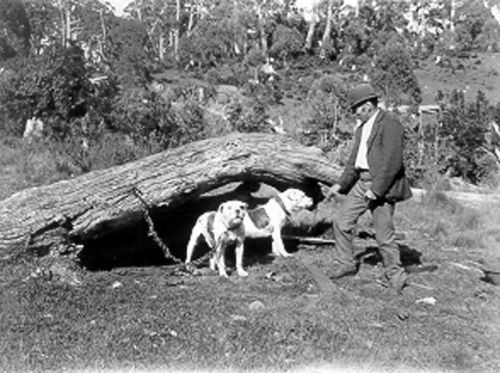 |
 |
|
Introduced Fauna
Introduced Fauna in Tasmania have changed the face of the state, with many of the species commonly noticed by people in gardens in a suburban setting being introduced, mainly from Europe. Some of the common suburban birds like the sparrow, starling and blackbird were introduced on purpose by acclimatisation societies in the early days of settlement to make the alien land look more like home. Others, like the introduced rats and mice, escaped from ships, while the feral cat, dog, pig and goat are populations of earlier domesticated species. However, the largest group of introduced animals are the myriad of species brought in accidentally which have now escaped to become major pests. Most species of snails and slugs seen in suburban gardens are introduced, along with most earthworms in urban areas, the common metallic-looking millipede and several of the important insect pests of gardens and farms (European Wasp, Cabbage White Butterfly, Apple Codlin Moth and many others). Other animals brought into the state accidentally were chronic pests in their area of origin, such species as the Sheep Liver Fluke also counting as an introduced animal into Tasmania. More recently a number of marine species have also made their presence felt, with the Pacific Oyster escaping from cultivation to become a major pest in the Tamar and the Northern Pacific Sea-Star and New Zealand Screw Shell adding to the list. Belatedly, a realisation that animal introductions are usually detrimental has surfaced with such action as the task-force set up to combat the introduction of foxes. However, other introductions are still encouraged, with trout still the mainstay of a multi-million dollar tourist industry. Further reading: R Kershaw, Snail and slug pests of Tasmania, Launceston, 1991. Brian J Smith |
Copyright 2006, Centre for Tasmanian Historical Studies |
